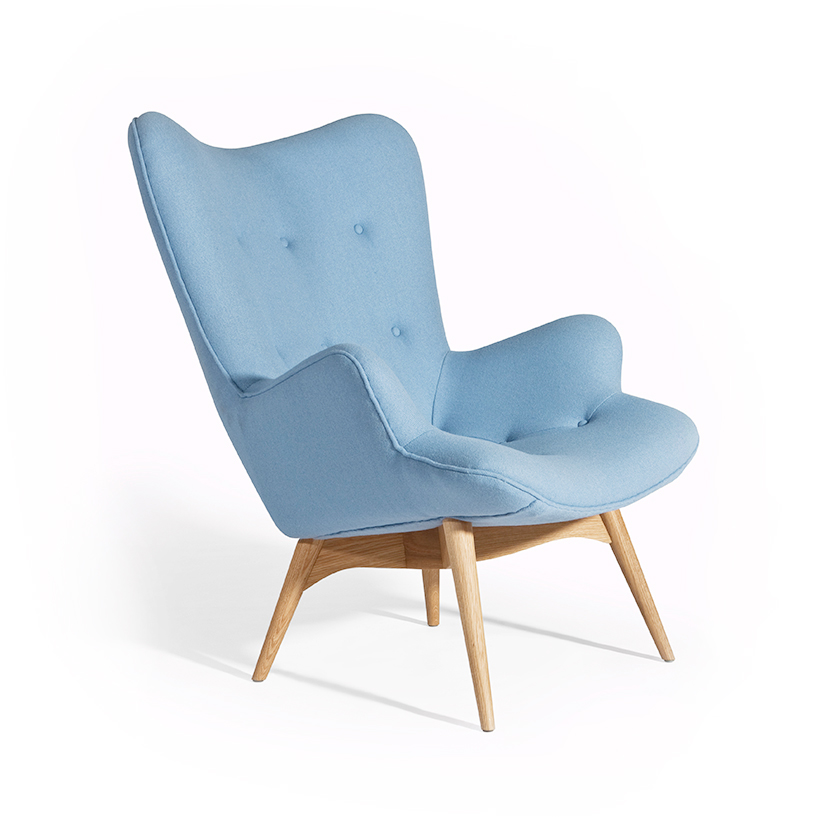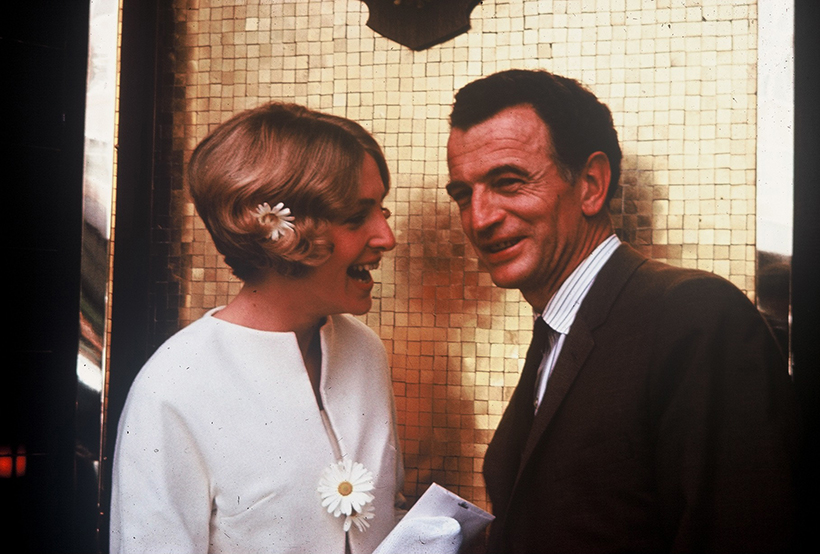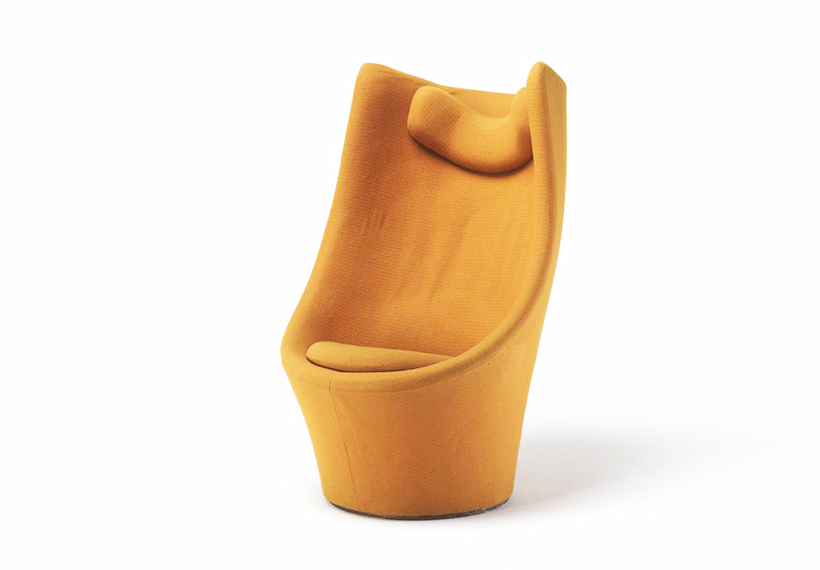Many designers can be credited with innovative and unique furniture designs, but few can take credit for developing new forms and shapes in the way Grant Featherston did.

Grant Featherston was born in 1922 to Stanley and Eva in Geelong, Australia—a modern and affluent port city. The constant bustle of trade and commerce of Grant’s hometown gave the young boy a front row seat to stylistic trends from all over the world. The port city became the intersection of both natural and man-made wonders, and this backdrop significantly inspired the designs that would make Featherston famous.
His aptitude for design was noticeable from an early age. At only eight years old his father helped him design his first piece of furniture, a folding drawing chair. As he grew older, he attended Geelong Technical School in the late 1930’s. After graduating, Featherston began working at Newton and Gray Pty. Ltd. in 1939 where he first encountered plastics. While working there, Featherston came to appreciate the elasticity and malleability of materials. He would later use this idea of malleability and apply it to his own designs.

Although his design career was interrupted when he enlisted in the Australian Army during WWII, he jumped back into the design world and in 1951 unveiled the first of some of his most renowned pieces, the “Contour Armchair.”
In her book, “Mid Century Design,” Denise Whitehouse wrote that Grant, “discovered a method for bending two sheets of plywood to shape the simple compound curve shell that he would develop into the Contour chair, which he patented in May 1951.” Grant was inspired by his time working with plastic; he didn’t just build chairs, but molded the materials into gentle curves and edges.
He met his wife Mary in 1965-after designing hundreds of chairs and increasing success-and the two became a dynamic team of designers. The couple designed a stereo sound chair which they called the, “Talking Chair” for the Montreal Expo of 1967. Its uniquely designed back rose above the head of the person reclining in it and curved around them. The two points at the left and right hold the speakers; immersing people in both comfort and acoustic bliss.

In an interview, Grant’s wife, Mary Featherston said, “He was so skilled as a form maker and so intelligent in his research, so rigorous.”
One look at his work and it’s clear how true her words are. Grant Featherston wasn’t just responsible for modifying preexisting pieces of furniture, but creating completely new shapes and designs.
Today, Featherston’s furniture sells for upwards of $10,000 at auction. His style has become renowned not only as an exceptional piece of furniture, but also as works of art.












